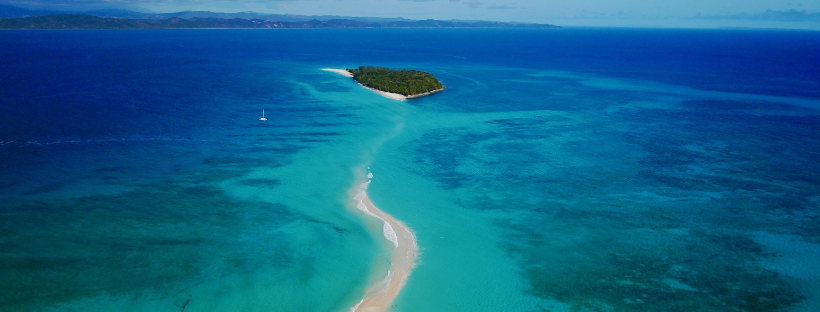Discovering Madagascar: Nature’s Enigmatic Island Gem
It’s long been a dream of mine to visit Madagascar. In October, I was fortunate enough to set off on a trip of a lifetime to this magical island with my husband and two children, aged 6 and 8. We each arrived with our own set of expectations of what Madagascar would be like. Except for the charismatic ringtailed lemurs, the country was nothing like we imagined. It’s completely unique, economically undeveloped and has extraordinarily limited infrastructure. It’s also far more beautiful than I imagined. The wildlife is more remarkable than you can conceive and the people are the kindest I’ve met.
We did the RN7 route, a road trip that takes travellers along 1000 km of atrocious roads from the capital Antananarivoto to Toliara, on the southwestern coast. This trip is certainly not for everyone, but those who do undertake it will be rewarded with sensational landscapes, beautiful rainforests filled with a jaw-dropping array of vertebrates and invertebrates, as well as villages and towns where you can still observe traditional ways of life and cultural practices.
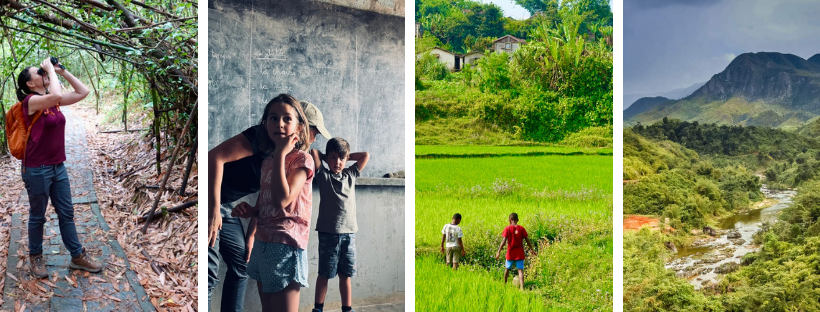
Highlights of Madagascar
Ranomofana, Isalo and the spiny forest at Toliara were highlights for me because of their marvellous and strange collection of fauna and flora.
We also experienced a truly special moment as a family in Parc National Andasibe Mantadia, which is relatively close to Tana, in the eastern region. We stayed at Vakôna Forest Lodge and woke to the sound of the indri indri (one of largest lemurs) calling. Later, when we trekked through the rainforest, we came across a small troop that started contact calling. As a family we were in awe. It’s one of those things that needs to be heard to be believed. (Press play on the video below to hear the awesome sound of the indri call, in Andasibe.)
Madagascar is an enormous country and due to very poor logistical connections, it is difficult to see all the most important attractions on one visit, unless you have at least 6 weeks to spend in the country. The RN7 route, which is what we did, is a classic route and the best introduction to the country.
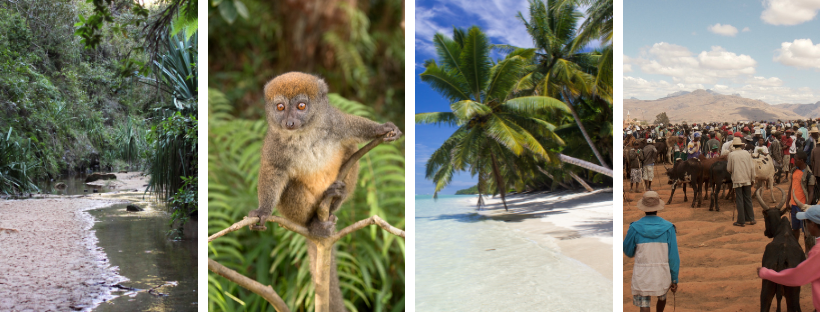
Eastern, Western and Coastal Madagascar
A trip to western Madagascar will allow you to see some of the country’s most iconic sights, but also involves substantial driving. Here you can see the Allée des Baobabs, Réserve Forestière de Kirindy, and the tsingy – a unique geological formation characterised by razor-sharp limestone formations that create a surreal landscape of jagged peaks, deep crevices, and pinnacles.
The east coast is exceptionally difficult to access beyond Île Sainte Marie and so you won’t find many travellers exploring the region, despite its primordial beauty and allure. If you have the time, we suggest spending 7-10 nights at Masoala Forest Lodge. Surrounded by the biodiverse Masoala National Park, the lodge, is set in a sheltered cove, opens onto the warm, coral-rich waters of the Tampolo Marine Reserve and offers a unique and immersive experience for guests.
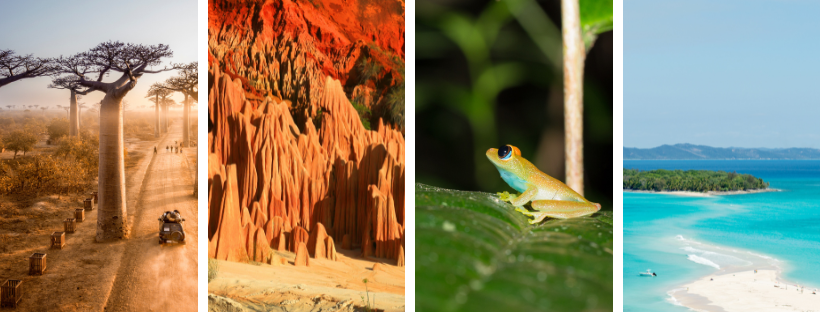
If exploring the ocean, rich in marine life, appeals to you or if you’d like to relax on pristine white sands next to turquoise waters, Nosy Be and the surrounding islands are also an excellent choice.
If you’re a traveller looking for vibrant nightlife or extensive high-end shopping opportunities, or if you expect the tourism infrastructure to be on par with the highest luxury world standards, Madagascar is not for you. However, travellers who’re interested in wildlife, nature, and conservation will be enthralled by the island’s diverse ecosystems, which includes rainforests, tropical coastlines, mangroves and creatures like the ring-tailed lemurs and colourful chameleons.
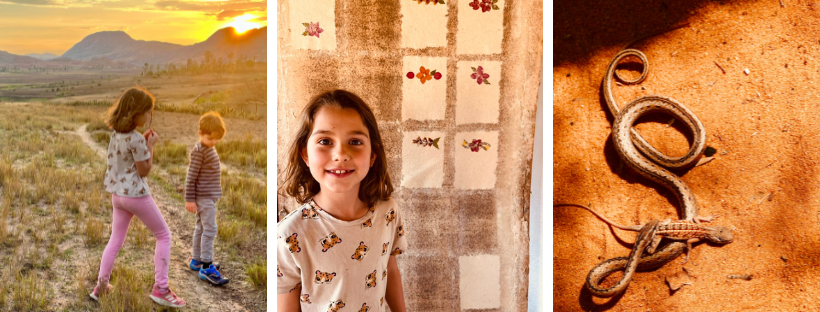
I encourage anyone who is interested to visit. The country needs more tourists to prop up their fragile economy. The more people who visit, the more chance the world has of preserving this fragile ecosystem which is undervalued by local people and underdeveloped for tourism. Global Forest Watch (2023) reports that from 2002 to 2021, Madagascar lost 4.36 million hectares of tree cover, equivalent to a 25% decrease in tree cover. Deforestation has resulted in almost all of Madagascar’s flagship lemur species being either endangered or critically endangered (see the full report here).
If we want to preserve the natural wonders of this island for future generations, the time to act is now. Reply to this email to start planning your trip to Madagascar for 2024!
Happy travelling,
Diana
P.S. Listen to this video to hear my children hearing the indri calling for the first time


